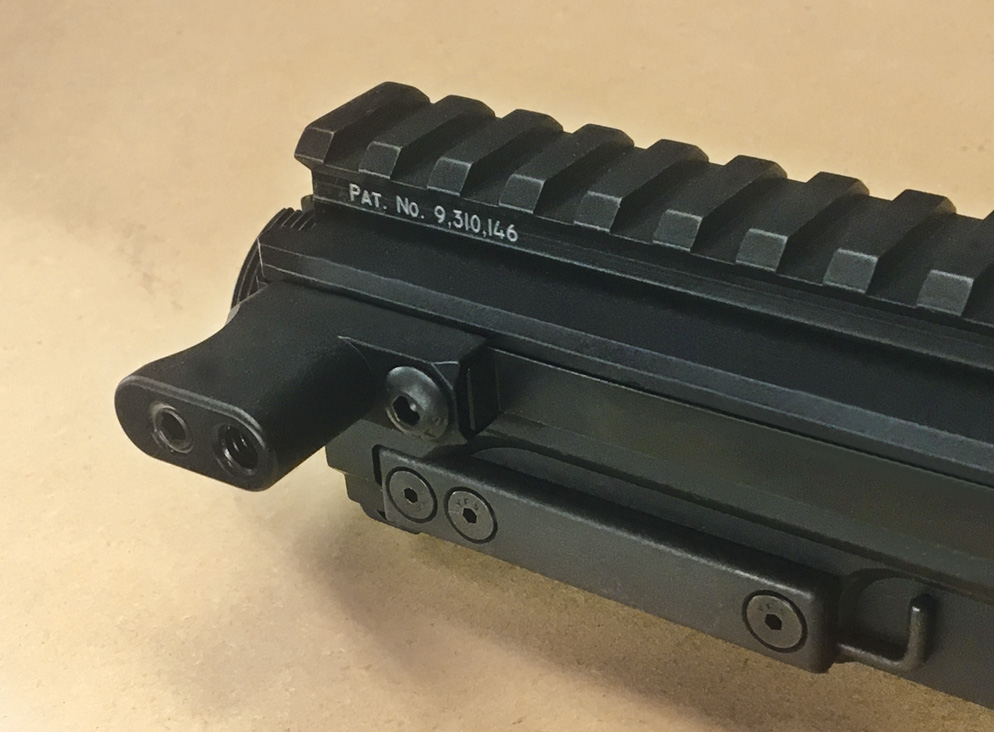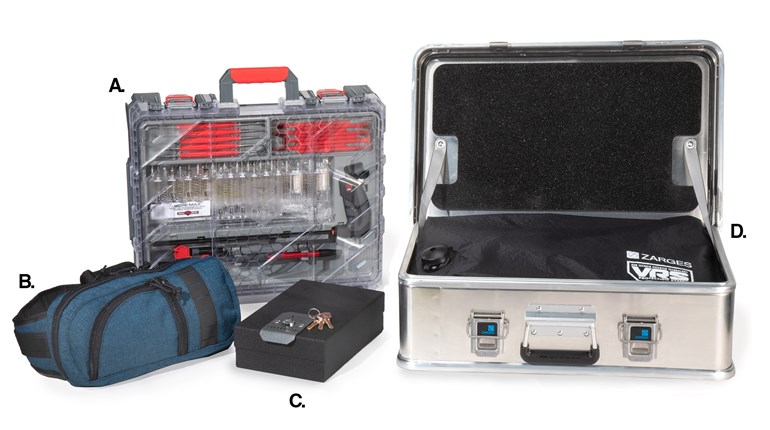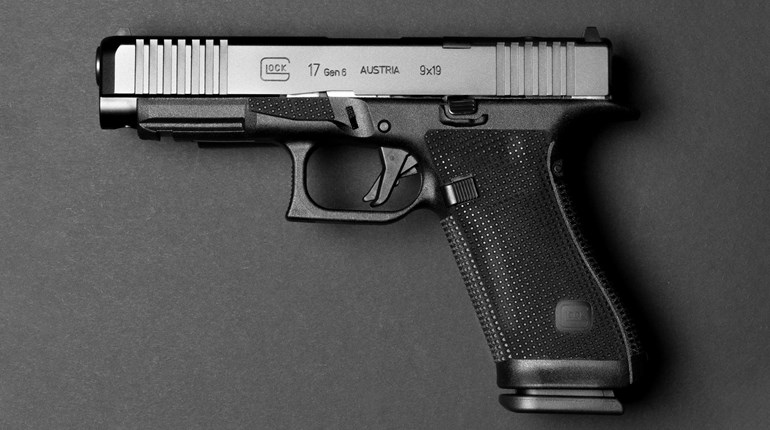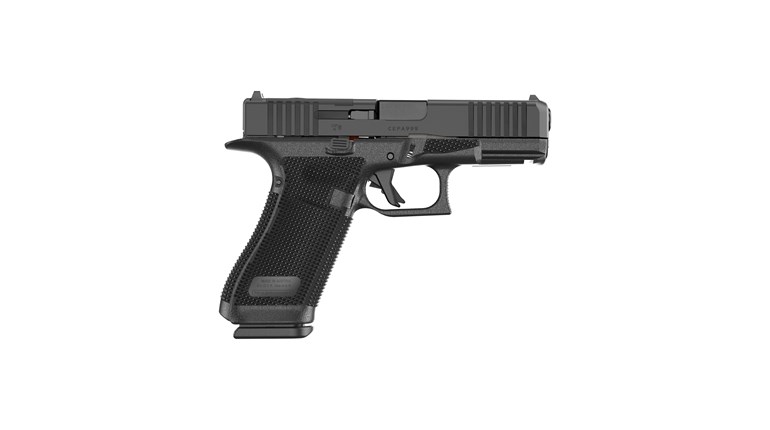
Pistol Caliber Carbines are much on our minds of late. While we’d argue there are good rationales (note the plural), there’s a time-honored favorite that trumps them all in the land of the free and the home of the brave: They are crazy good fun.
Inexpensive fodder—pistol ammunition—and light recoil are two of the most obvious reasons, but there are others of a more practical bent. A thoroughly rational favorite is that PCCs are welcome where rifle calibers would not be: In other words, we can practice/train on a PCC for skills that transfer readily to centerfire ARs or other rifle types without needing a rifle-capable berm or indoor facility. Not all PCCs are or must be AR-plan guns of course. Indeed there are very good ones that are not, but the point remains valid for all: They are permissible where more energetic and penetrative calibers are not.

A couple of weeks ago, we started out with several possible components for your own “build” project—a complete Lone Wolf Distributors G9 lower, a Brigand Arms Blade handguard, and a Lund/SJC compensator. This week, we’re adding an “upper” from Joe Bob Outfitters—their nifty Spartan side-charger ($235).
Some die-hard AR fans are still in “huh?” mode when it comes to side-charging, and it isn’t tough to see why. With remotely proper training, charging isn’t that big a deal to begin with, and if the position of an optic or other factor complicates the index/middle-finger “pinch” method that’s been working for 50-some years, this search at Brownells yielded 40-plus elegant work-arounds before we simply gave up counting.
But a good (left) side-charger spoils you. If you “came up” shooting auto loaders like HKs and FALs that have always had left-side charging, you miss it, and know what we mean. Keeping the strong hand where it belongs—on the grip, and proximate to trigger, safety and mag release—simplifies many manipulations, and is simply stronger and therefore safer when it comes to charging and malfunction clearance.
The Spartan’s non-reciprocating system has other things to commend it as well: A solid knob/handle is scalloped for a fast, firm grasp by the left index finger, and the channel it runs in is long, smooth and essentially self-cleaning. The lever assembly is also retained at both ends of travel, even when no bolt carrier group is in place. It’s locked forward by an adjustable detent after a normal charging motion, meaning a random snag won’t put it out of position—a measured pull is all that’s needed to cycle just as you’d expect.
Where the Spartan really gets our vote, however, is in a sort of “rescue” for early PCC adopters. Many otherwise-fine but older PCC lowers did not implement last round bolt hold open. (We have two, for instance.) That’s not the end of the world, certainly, but still darn un-handy now and again. If you’re in this boat, the Spartan is a giant-slayer: An innocuous side plate conceals a simple, reliable mechanism the puts LRHO in the upper, and we’ve found it to be just about flawless. Factory Glock and ETS magazine followers get the desired result de facto, and a slight mod will have your Magpuls working in a jiffy too.
Other nuts and bolts are as you’d hope—billet-born and CNCed, Type 3 anodized, and rail-topped for the optic of your choice. We’ve tried it on two lowers to date without complaint, and with three different barrels.

One note on assembly: Our upper vice block didn’t quiiiite fit the Spartan—the differences which make the bolt hold-open/last round functionality work are ever so slightly in the way. The side contours don’t lend themselves to even, improvised gripping either. The solution is to flip the upper sideways: With an anti-mar layer in your vice jaws, a safe, solid (non-deforming) grip on the rail and lower flats (where the upper mates with the lower) works just fine. Remember that it’s important to get the numbers right on barrel nut tensions and the like—these are often over-tightened, and make changes down the road difficult without damaging something. Easy does it.
Next week, we get closer to bang with some barrel considerations.


































